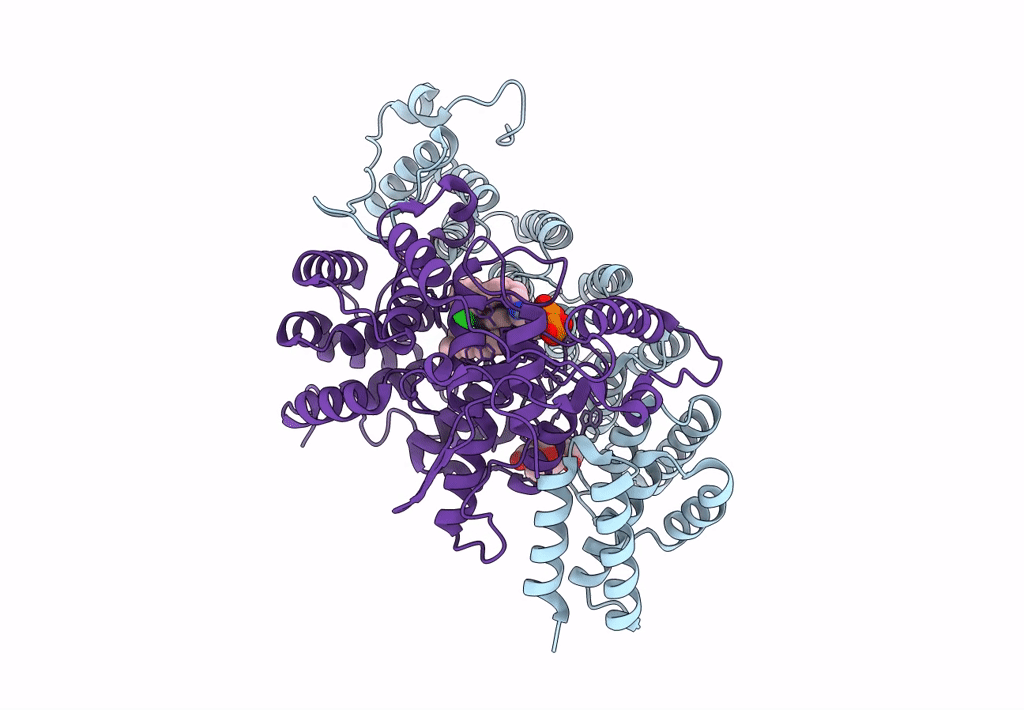
Deposition Date
2004-01-22
Release Date
2004-07-27
Last Version Date
2023-08-23
Entry Detail
PDB ID:
1S63
Keywords:
Title:
Human protein farnesyltransferase complexed with L-778,123 and FPP
Biological Source:
Source Organism:
Homo sapiens (Taxon ID: 9606)
Host Organism:
Method Details:
Experimental Method:
Resolution:
1.90 Å
R-Value Free:
0.18
R-Value Work:
0.16
R-Value Observed:
0.16
Space Group:
P 61


